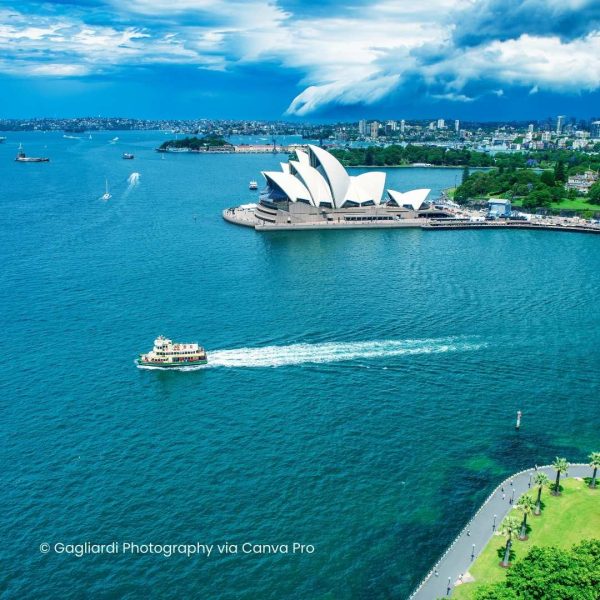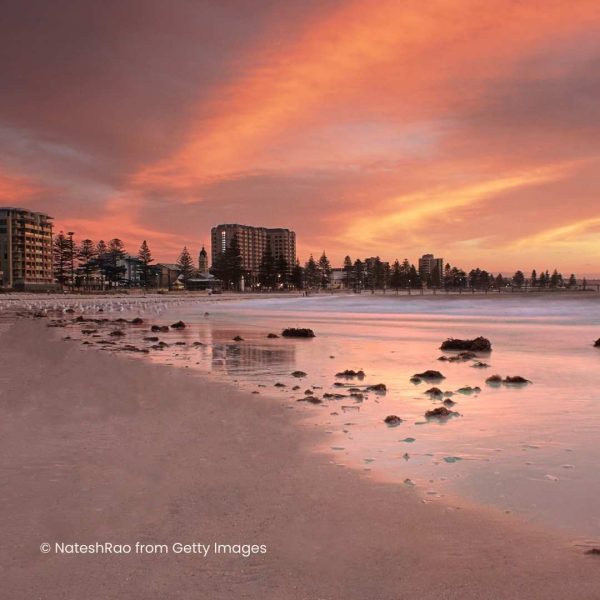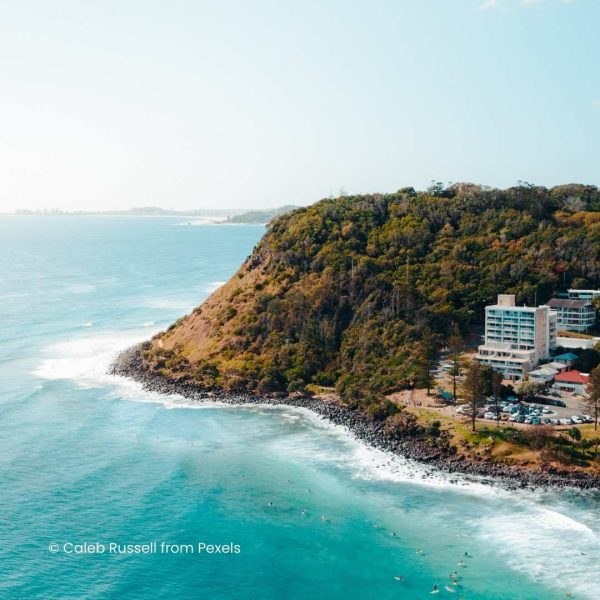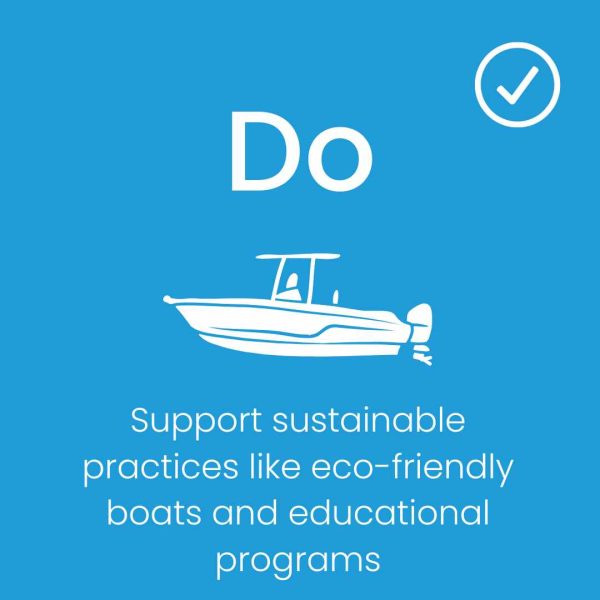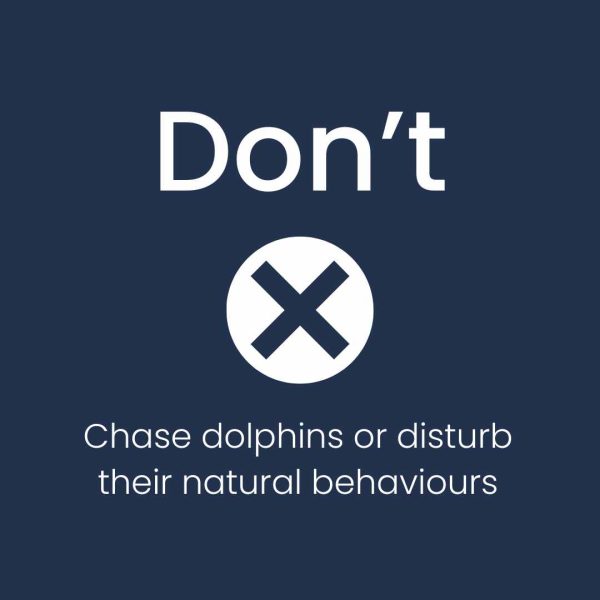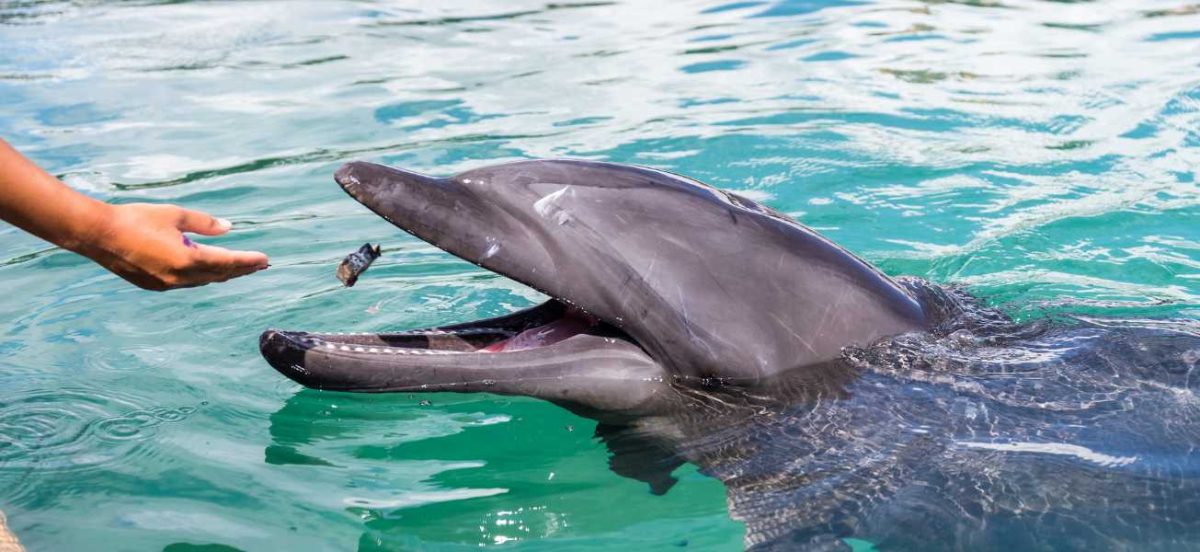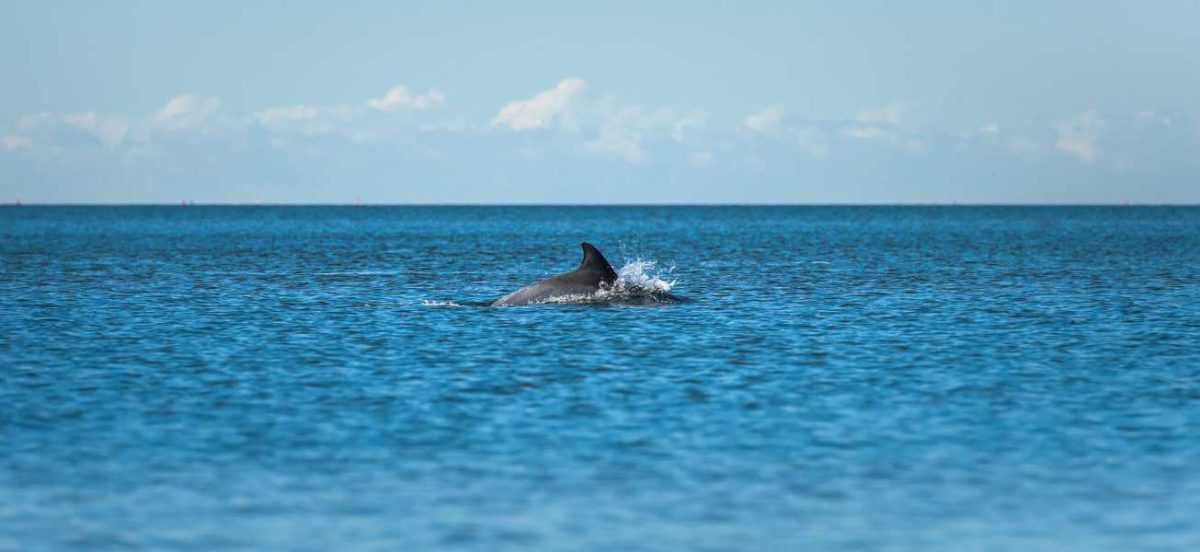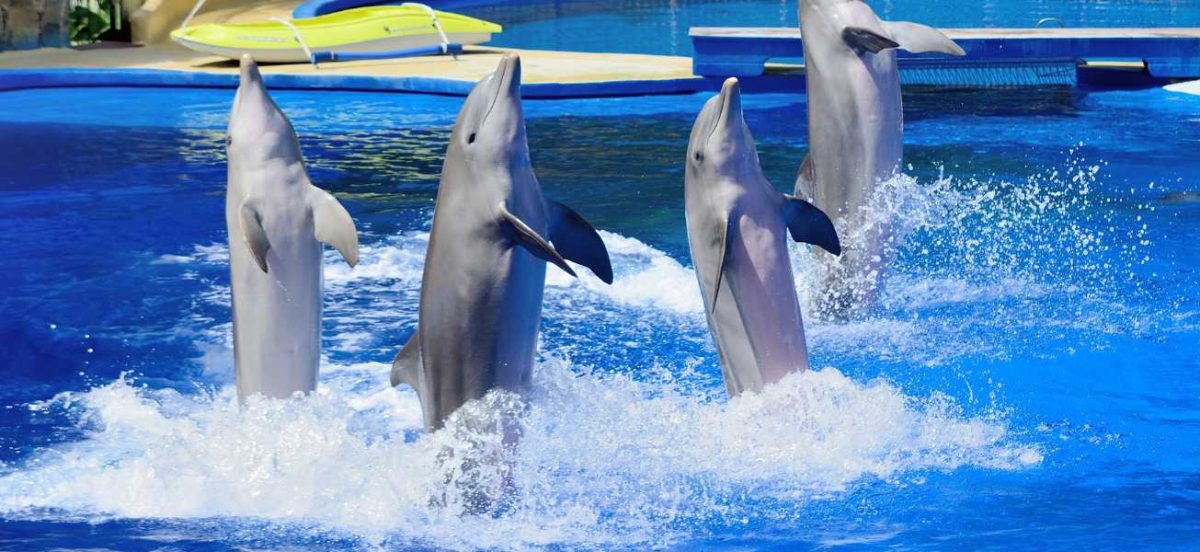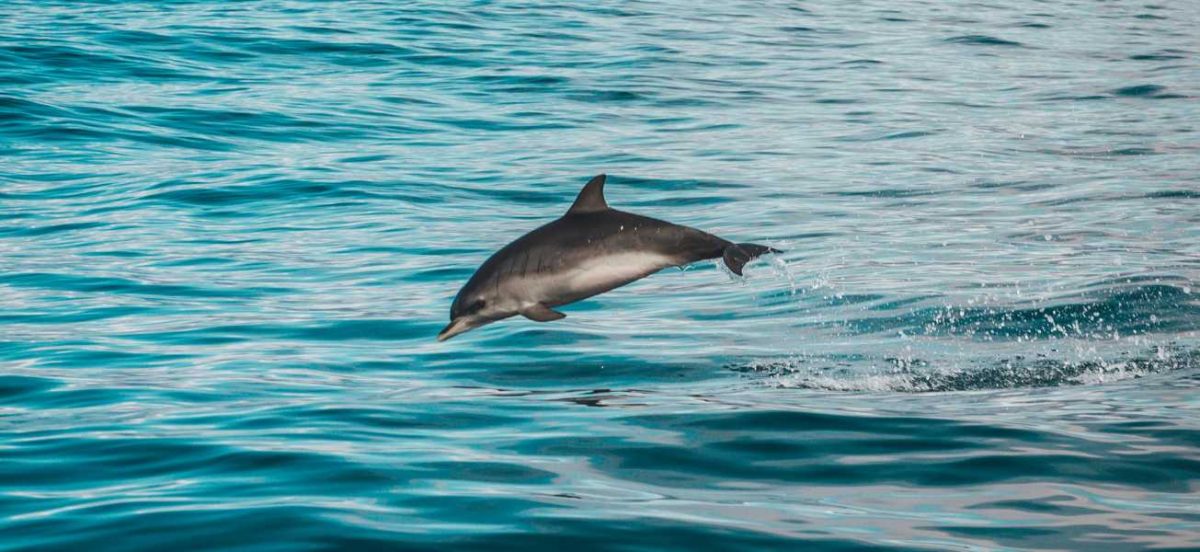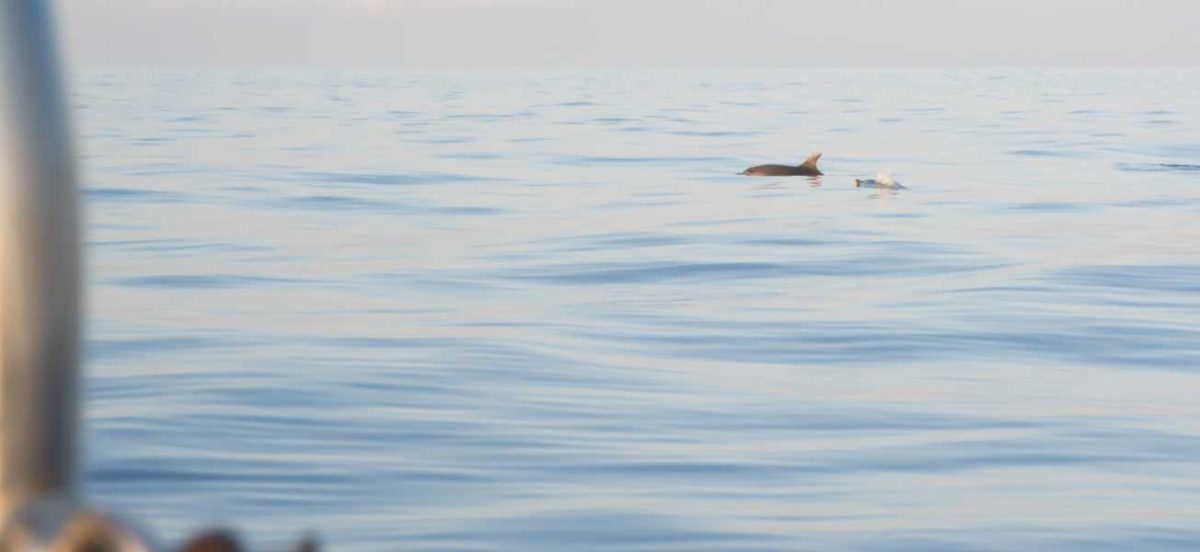The best time of year for dolphin watching in Australia generally falls between October and April, when weather conditions are ideal, and waters are calm. Dolphins are visible throughout the year, but these warmer months offer higher chances of sightings.
For the best experience, consider watching during early mornings or late afternoons, when dolphins tend to be more active.

